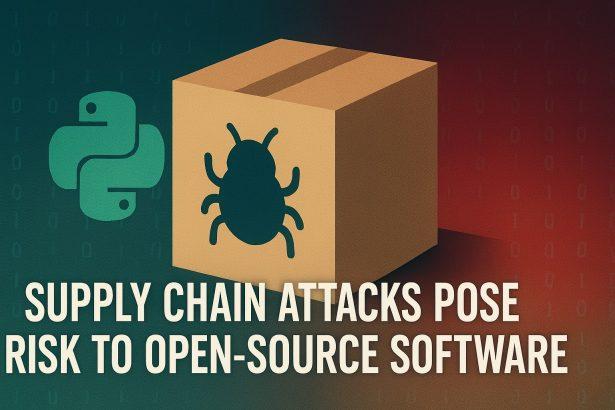It’s the oldest trick in the hacker playbook: hide your crime in plain sight. But now, that tactic has reached new levels of stealth as cybercriminals infect open-source Python packages with cryptojacking malware—quietly siphoning computing power from developers worldwide to mine cryptocurrency.
Security firm Fortinet recently uncovered a spike in infected crypto-related packages distributed via PyPI, the Python Package Index. Specifically, attackers have been repackaging forks of PyCrypto and similar libraries, bundling them with malicious scripts designed to mine Monero (XMR), the anonymous cryptocurrency of choice for cyber crooks.
The Malware Masquerade
Unlike traditional ransomware or data theft malware, cryptojackers aim to remain unnoticed. The malicious code inside the hijacked Python packages executes post-installation, quietly initializing mining operations in the background. Victims may only notice sluggish performance or CPU spikes—symptoms easily dismissed as bugs or heavy workloads.
Fortinet’s analysis reveals that the packages mimic legitimate tools closely, often copying project metadata and documentation to avoid suspicion. Some of the infected packages even include advanced obfuscation techniques like base64 encoding and polymorphic behavior to slip past automated scanners (BleepingComputer).
Why Developers Are the Perfect Victims
Developers make attractive targets. Their machines are powerful, often run for extended periods, and may even be connected to broader CI/CD pipelines and cloud services. A single compromised environment can result in extended, distributed mining operations—free infrastructure for criminals.
What’s more alarming is the “slow-burn” nature of these attacks. Many developers remain unaware for weeks or even months that their systems are being exploited for cryptomining. By the time they do, significant computational power has already been stolen, potentially running up cloud bills or affecting project performance.
Industry Response and Countermeasures
The discovery has reignited discussions around the security of open-source ecosystems. While platforms like PyPI have begun implementing more rigorous scanning and authentication processes, the sheer volume of uploads—and the creativity of attackers—makes total prevention difficult.
In recent years, similar cryptojacking attacks have appeared in npm and other popular repositories, underlining the growing scale of this threat.
Security experts recommend developers:
- Use package-locking mechanisms to pin known-good versions of dependencies
- Integrate runtime monitoring tools to detect suspicious CPU/GPU usage
- Avoid installing libraries from unverified sources or with unclear provenance
- Regularly audit installed packages and review dependency trees
This isn’t the first time malicious packages have infiltrated Python repositories—and it won’t be the last. But as attackers continue to exploit the open nature of collaborative coding, the development community must evolve from trusting to verifying. Because in this arms race, ignorance has a real cost—measured in CPU cycles and cryptocurrency.




